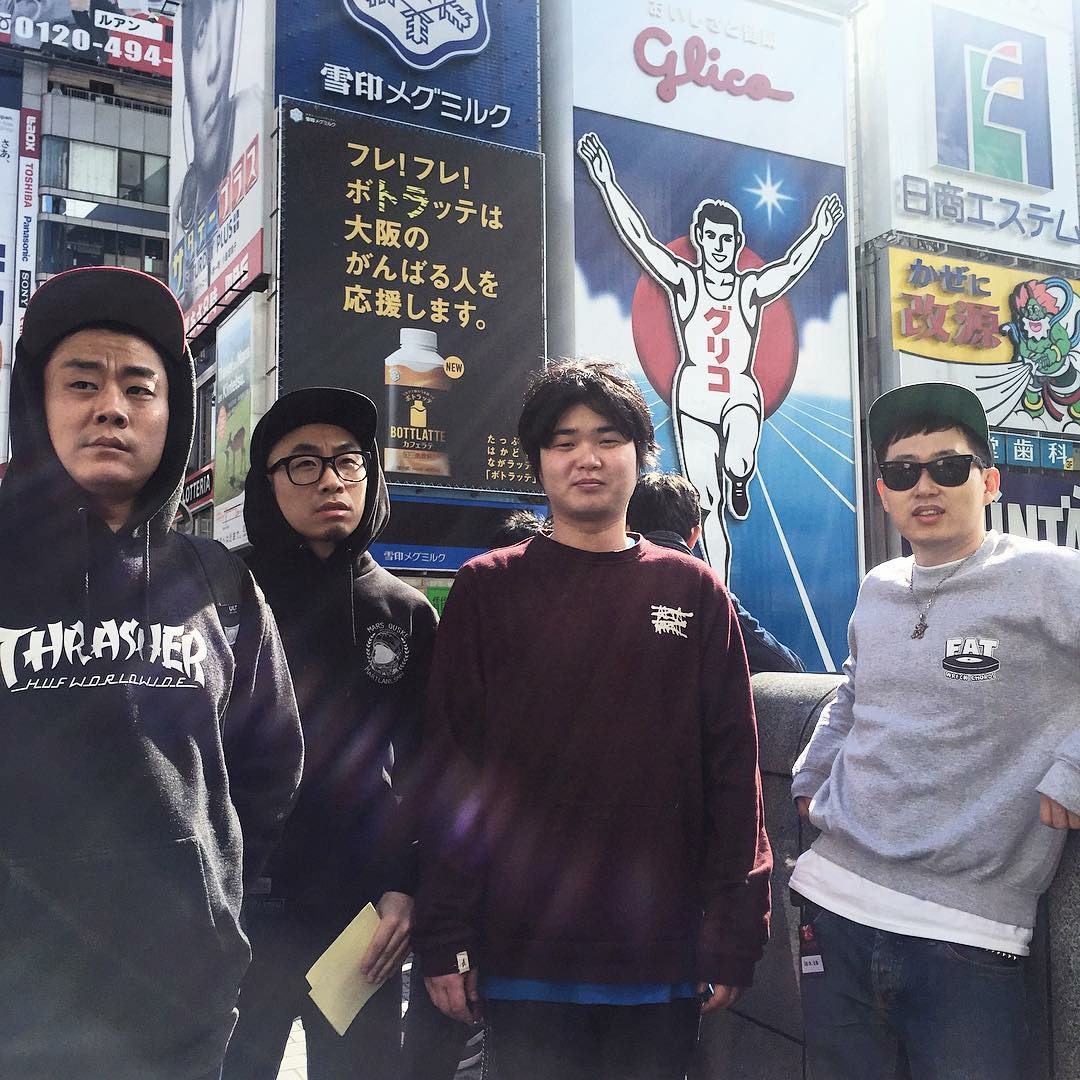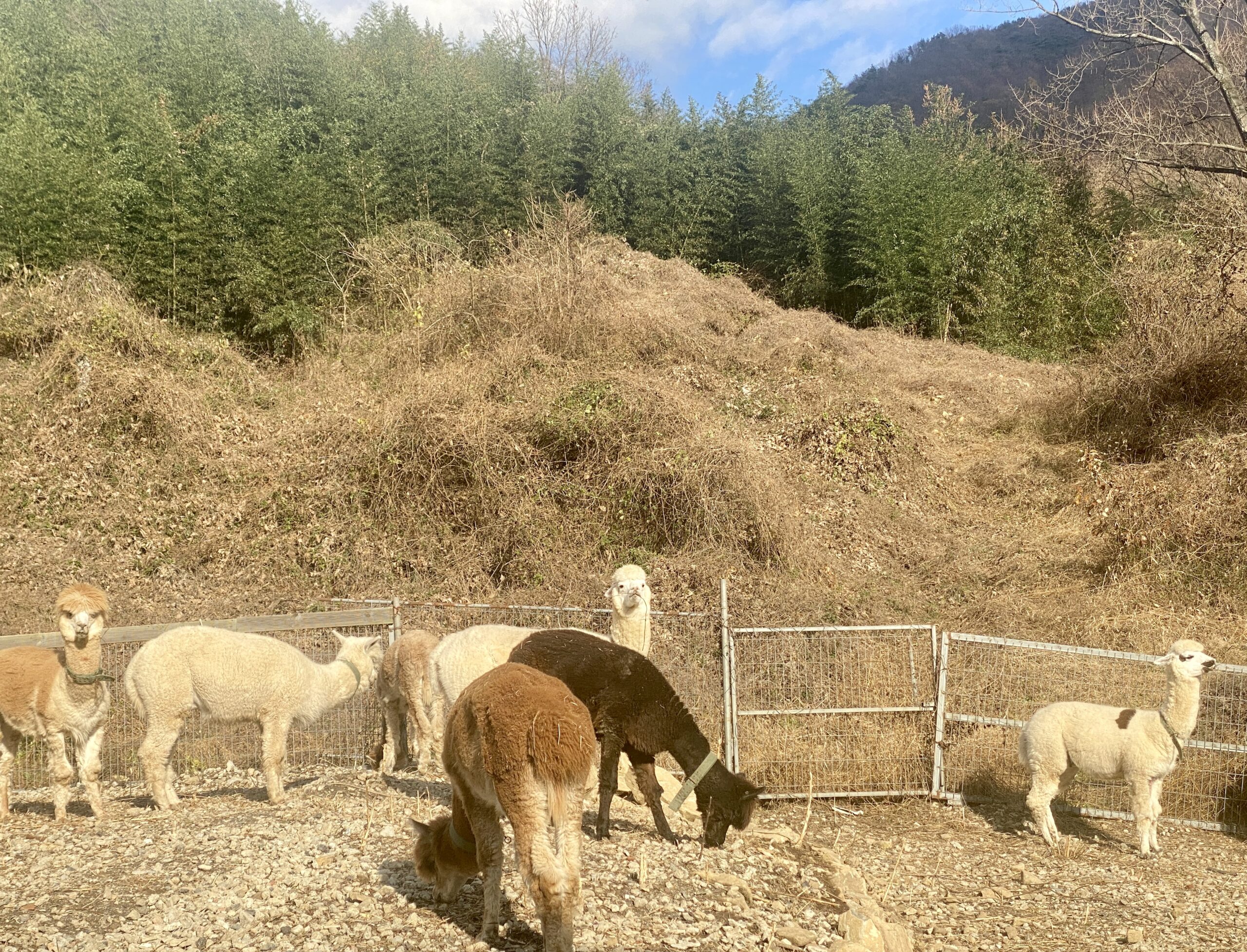Hanji
This article is the first part of a two-part series.
“We used to say that hanji is with us from birth to death.”
These words from Hyeon-a Im, who works in the department of research and development at the Hanji Industry Support Center (HISC) in Jeonju, are used to describe the long-standing prominence of hanji in Korean daily life. Hanji is traditional Korean paper made from mulberry-tree fiber.
The HISC is the perfect place to discover the history of this important element of traditional Korean culture, as well as get a peek at what lies ahead for hanji. The two-year-old center is housed in a four-story building with a shape inspired by a crumpled ball of hanji. The first two floors are for visitors to explore the museum or have a hands-on experience by making hanji sheets or constructing hanji crafts to take home. The top two floors are where a staff of 10 researches new techniques and uses for hanji.
Jeonju is a fitting home for the HISC, as it is one of three representative centers of hanji production in Korea. Its status is reflected in the historical record. A 15th-century report stated that Jeonju had the second highest number of master paper artisans in the country, with 23, and Im credits the fine quality of Jeonju hanji to both the high quality mulberry grown locally and the quality of Jeonju’s water, with its near-neutral acidity.
Harvesting one-year-old mulberry trees provides the ideal bark for making hanji. After soaking and boiling repeatedly, the bark fibers are naturally bleached in sunlight. The fibers are then beaten before being mixed in water with dakpul, obtained from hibiscus root, to prevent the fibers from sticking together. The paper takes shape after a oibal, a framed screen, is dragged through the water that produces a wet sheet. Two sheets, with cross-wise fibers, are combined to make one more durable sheet. The water drains from the sheets overnight before the final drying is accomplished on heated floors, in the sunlight or on heated steel panels. A final pounding process, dochim, compresses the fibers, making the surface more smooth and lustrous.
No records or relics exist telling exactly when paper was introduced to Korea. However, according to HISC displays, multiple sources claim that Koreans had already developed paper-making skills by the early part of the Three Kingdoms Period (57-668 CE). Korean paper-makers in the Unified Silla Period (668–935 CE) produced high-quality products, even exporting some to Tang China. The Goryeo Period (918–1392 CE) saw direct authoritative involvement with a governmental organization and laws created to promote the cultivation of mulberry trees.
Early in the Joseon Period, a government agency was established to oversee the supply of paper-making raw materials and improvement in quality. Government-run paper-making was reorganized in 1882, but a fatal blow for sustaining the tradition of high quality hanji-making came with the arrival of Western paper machines via Japan. For much of the 20th century, lifestyle changes and cheap paper imports gradually decreased the demand for traditional hanji. However, a renewed interest in hanju occurred.
While hanji was traditionally used for various household and artistic purposes, it has recently begun to transcend its traditional functions, developing into a modern industrial material, attracting attention for its functional versatility and environmental friendliness. Hanji products are being used for window coverings, wall paper, flooring paper, curtains and even carpets. Im noted textile uses of hanji fibers as one of the biggest innovations being developed at the HISC.
The HISC had also on display furniture coverings, photographic paper, styrofoam, bank cards and IDs, and even speakers – all made of hanji. These exhibited items show that in the future, hanji will be with Koreans from the cradle to the grave.




